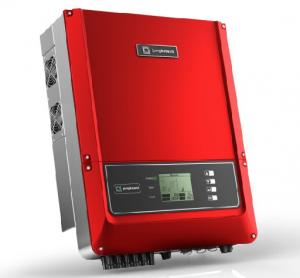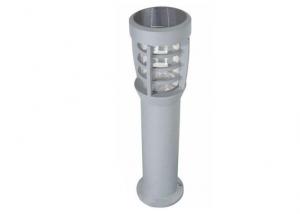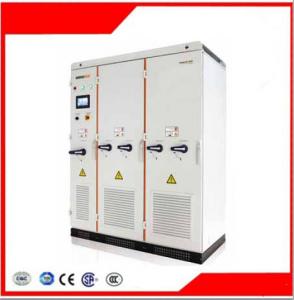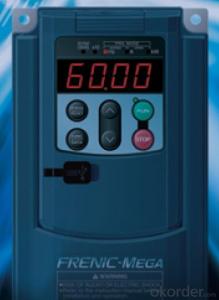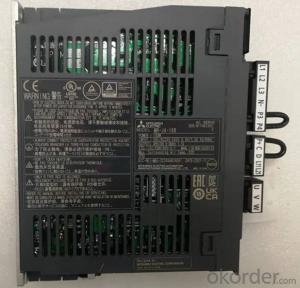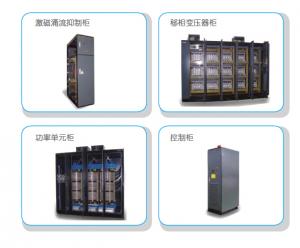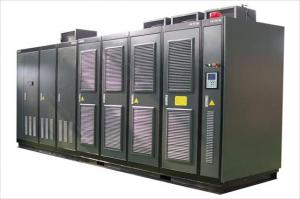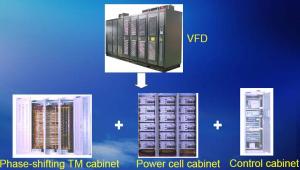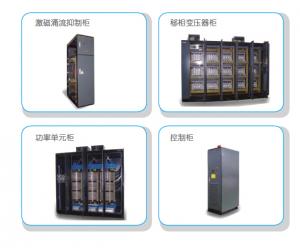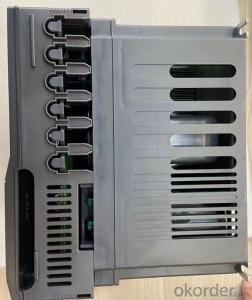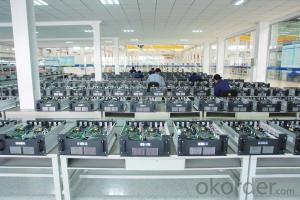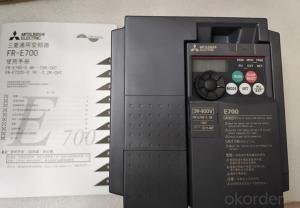Lumos Solar Inverter
Lumos Solar Inverter Related Searches
Solar Light Inverter Mtn Lumos Solar Inverter Price Solar Solar Inverter Solaris Solar Inverter Fimer Solar Inverter Sunshine Solar Inverter Inverter Solar Mtn Luminous Solar Inverter Solar System Inverter Solar Plus Inverter Temco Solar Inverter Solar Home Inverter Sun Solar Inverter Power Solar Inverter Solar Battery Inverter Gamma Solar Inverter Home Solar Inverter Solar Energy Inverter Solar Smart Inverter Inverter Solar System Powmr Solar Inverter Lento Solar Inverter Solar Inverter Luminous Price Solar Sma Inverter Home Solar System Inverter Home Solar Inverter System Solar Converter Inverter Solar Electric Inverter Phocos Solar Inverter Solar Inverter SystemLumos Solar Inverter Supplier & Manufacturer from China
Lumos Solar Inverter is a high-quality and efficient product designed to convert solar energy into usable electrical power for various applications. It is an essential component in solar power systems, ensuring that the energy generated by solar panels is effectively utilized. The Lumos Solar Inverter is suitable for both residential and commercial use, making it a versatile choice for those looking to harness the power of the sun. It is designed to work seamlessly with solar panels, batteries, and other components of a solar power system, providing a reliable and efficient means of energy conversion.The Lumos Solar Inverter is widely used in various scenarios, such as off-grid solar systems, grid-tied solar systems, and hybrid solar systems. It plays a crucial role in ensuring that the solar energy generated is effectively stored and utilized, reducing reliance on traditional energy sources and promoting a more sustainable lifestyle. The inverter's advanced technology and user-friendly interface make it easy to monitor and manage the solar power system, ensuring optimal performance and energy efficiency.
Okorder.com is a reputable wholesale supplier of Lumos Solar Inverter, offering a large inventory of this product to cater to the growing demand for solar power solutions. As a trusted supplier, Okorder.com ensures that customers receive high-quality products at competitive prices, backed by excellent customer service and support. By partnering with Okorder.com, customers can be confident in the quality and performance of their Lumos Solar Inverter, knowing that they are investing in a reliable and efficient solar power solution.
Hot Products






